16 August 1961
by Tom Hildreth
The introduction of the lightweight Lycoming T-53 shaft-turbine engine provided Bell designers with an excellent solution to a vexing industry problem: How to gain increased lifting power
without developing a massive multi-engine aircraft. The earlier Sikorsky H-34 Chocktaw, a helicopter largely succeeded by the With this significant power to weight advantage, Bell was able to produce a family of helicopters that grew in capability as the powerplant's shaft horsepower (SHP) grew. The manufacturer was able to respond to the increasing operational needs of the US military, in particular, the demands for increased support from the US Army’s helicopter units. Larger, more capable versions of the H-1 “Huey” series, such as the UH-1D quickly followed the UH-1A,B & C into production. The troop-carrying ability of the enlarged UH-1D was increased to 12, up 33% from the earlier versions. Production of the UH-1D totaled 2008, many of which were later converted to UH-1H standard with the 1400 SHP T-53-L-13 engine. |
|
Click each photo below for large version |
||||||||||
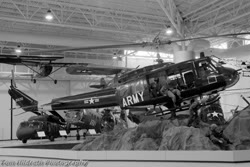 YUH-1D 60-6030 at the US Army Aviation Museum, Ft. Rucker, AL 17 Sep 1995. |
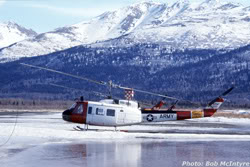 Is this UH-1D 66-16200 or UH-1H 68-16200..? Photographed at Ft. Richardson, AK |
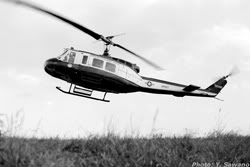 UH-1D 66-0890 USA at Camp Lama 27 November 1974. Photo by Yoshio Suwano. |
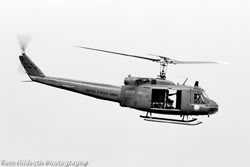 UH-1D 63-8775 of the 26th Division,MA ARNG at Otis ANGB, MA 15 May 76 |
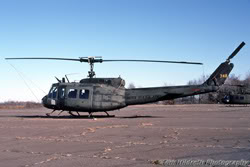 UH-1H ex UH-1D 63-8748 CT ARNG at Bradley Field, CT 8 Dec 94 |
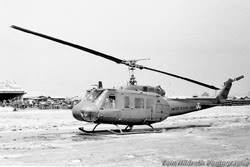 UH-1D 66-0813 at Tan Son Nhut AB, Vietnam, 1968. |
||
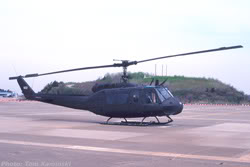 At the time of this 30 April 1993 photo, 64-13822 had likely been brought up to UH-1H standard. |
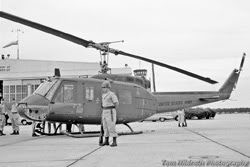 UH-1D 65-9744 US Army at Keesler AFB, MS May 1966. |
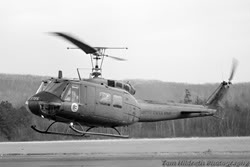 UH-1D 65-9785 MA ARNG at Barnes AP, Westfield, MA 17 Nov 1979. |
| HOME |
| EMAIL Tom Hildreth |
<